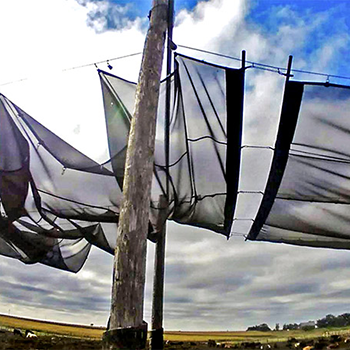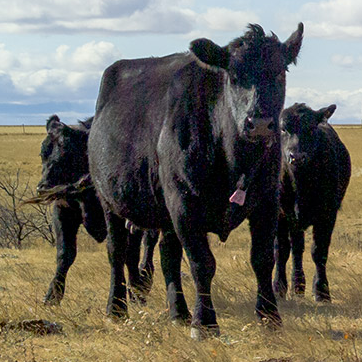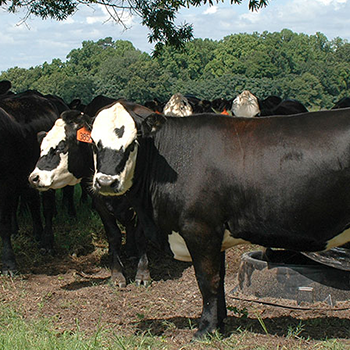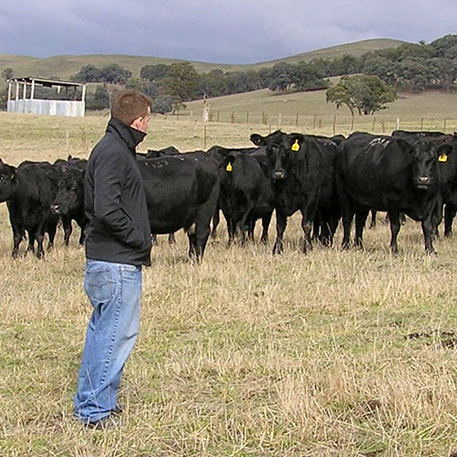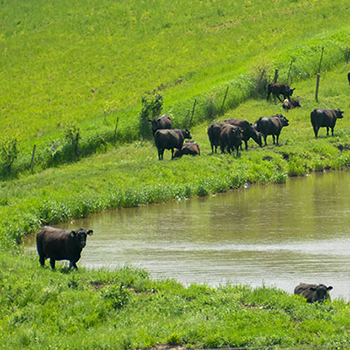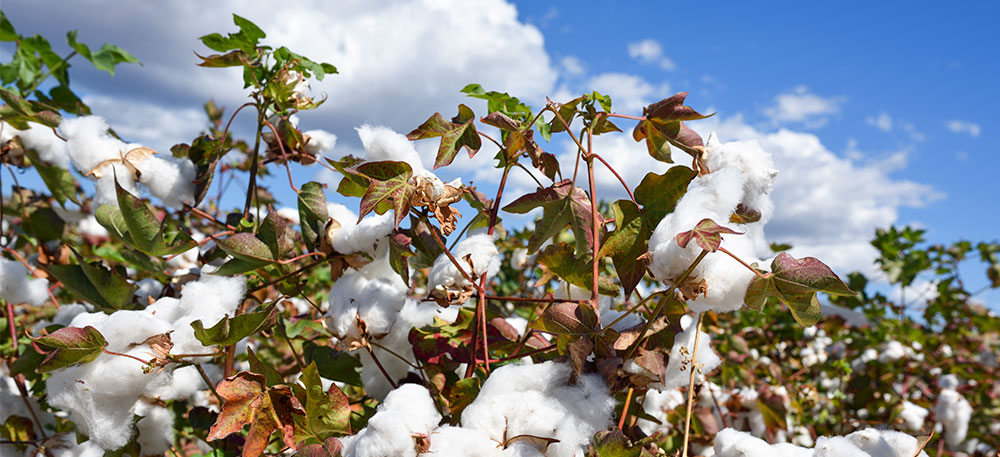
Alternatives for Feedyard Rations
Whole cottonseed and cotton gin byproduct found to be effective without a decline in performance.
A recent study published in the Journal of Animal Science found cotton byproducts, including whole cottonseed and cotton gin trash, are an effective source of fiber, fat and protein in feedyard rations without adverse effects on performance or carcass characteristics.
“Cotton gin byproduct and whole cottonseed are not new to feedlots in cotton-growing regions,” says Tom Wedegaertner, director of cottonseed research at Cotton Inc. “Producers now have the data to show cotton byproducts perform in feedlot rations.”
Whole cottonseed is a triple-nutrient feed ingredient, providing effective fiber, available fat and protein. Due to its unique nutrient composition, whole cottonseed is common in dairy rations. Even in competition with other feedstuffs, whole cottonseed can be economically beneficial in feedyards, reducing the need for traditional roughages and additional protein and fat supplementation.
“Currently, cotton production hasn’t seen any interruptions, and we’re expecting to have a normal crop,” says Wedegaertner. “There will be an ample supply of cotton byproducts for dairies, oil mills and feedlots.”
Increased cotton production in the southwestern United States has increased the availability of cotton byproducts for use in cattle diets, he adds. With current disruptions in feed ingredient availability for feedyards, cotton gin byproducts are an available and suitable alternative for producers.
“The majority of the whole cottonseed supply goes to dairy rations, but, as acres increase, more beef producers have more opportunities to use the feed ingredient on their operations,” he adds.
Cottonseed is an excellent source of fiber, protein and energy. Typical rations can include up to 15% cottonseed on a dry-matter basis. The published research article is available at https://bit.ly/2UKDezx.
Editor’s note: This article is from FLM Harvest on behalf of Cotton Inc. More information, including reports on market conditions, feeding information and a list of suppliers, is available at wholecottonseed.com.
